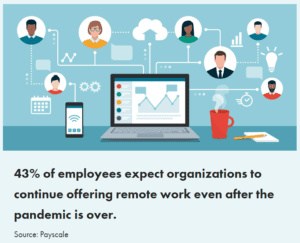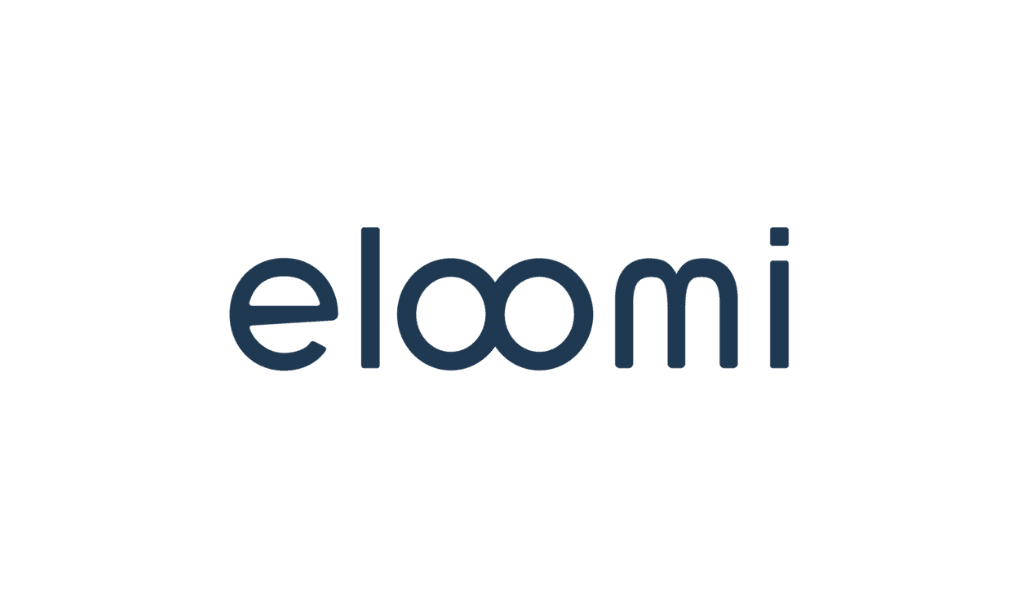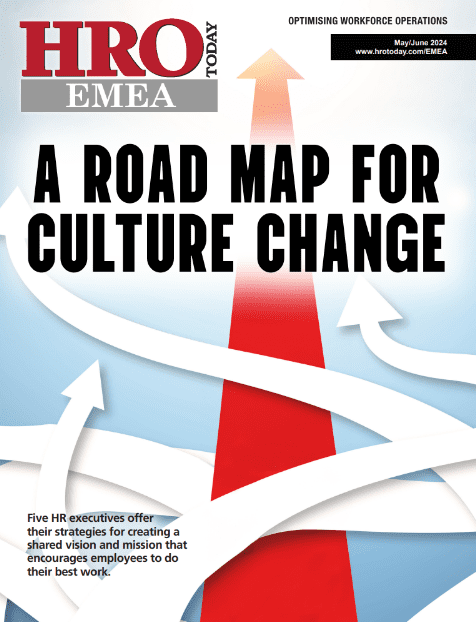Chief People Officer Dessalen Wood shares how Syntax’s flexible work policies are attracting and retaining the talent they need.
By The Editors
There was once a time when flexible work policies were few and far between. Now, employees cite flexibility as being as important as compensation, well-being, and benefits. A recent Payscale report found that 43% of respondents expect organizations to continue offering remote work even after the pandemic is over. And Dessalen Wood, chief people officer at Syntax, believes that organizations can offer hybrid and remote working options while maintaining a strong and collaborative culture. In fact, Wood says Syntax’s workforce of 1,900 employees from 11 countries enjoys a company culture that encompasses the values of integrity, innovation, ownership, growth, inclusion, and trust–in offices, hybrid, or virtually.
HRO Today: What are the benefits of a flexible work policy for employees?
Wood: Employee satisfaction has been studied in more than 123 countries and one of its key drivers is the importance of self-determination (Vansteenkiste, Ryan, Soenens; Jan 2020). Self-determination is comprised of the need for autonomy, relatedness, and competence. The idea of being “forced” back to an office does not align with the need for autonomy. The basis of autonomy is having a sense of control over one’s life. Truly flexible work means avoiding legislating certain fixed days in the office and allowing your workforce to determine what model works best for them.
The Great Resignation is in part being fueled by people who, once having the benefit of flexibility, re-evaluated their work setup and decided they were ready to walk away from roles that conflicted with their personal needs and values. These reasons ranged from living in the downtown core to be close to an office, to having to endure long commutes. Flexible work offers the ability to have an exciting career without these sacrifices. The approach provides the options to move out of downtown areas, to have a yard, or to ensure you will be home for dinner. While these factors may seem like small wins to some, they in fact do greatly increase happiness and reduce stress.
At Syntax, we took the additional leap in our “GlobalFlex” program to extend the flexibility of working from your home country. Our global program offers employees the ability to select their preferred work setup–hybrid or remote–and to choose from three options for flex hours. Employees can also become “Global Tourists,” with the ability to work 30 to 60 days in most countries and up to four months in a country where Syntax has an entity. This additional flexibility provides employees the ability to see the world while also having an exciting career.
HRO Today: What are the key considerations organizations must make when initiating flexible work policies?
Wood: Determining eligibility in a fair and consistent way is likely to be a challenge for many organizations. In the past, these decisions were often based on manager preference, and employees who requested flexible options were often considered to be “less ambitious.” In a way, many team members felt that their fate lay in the values and principles of a single leader. To avoid this, organizations should have leaders from a variety of departments, along with their people teams, establish fair criteria. For example, in the tech industry, as many as 90% of roles can be performed either fully remote or hybrid.
Another factor to consider is adding flex options to job postings. Job seekers are increasingly searching for remote-only roles, and having that included in the job posting will be a key to attracting talent. The Syntax team pays great attention to ensuring the descriptions truly reflect our people-focused culture that will foster attracting and retaining a self-determined workforce.
Another vital factor to consider is how to define “remote” versus “hybrid.” Even when “remote” is used in a position description, many organizations may still expect employees to physically attend certain key meetings, both internal and external. In certain countries, once an employee is considered remote, or has a “remote contract,” the employee can refuse all in-person meeting requests. This may in fact be too rigid for some roles, and in those countries, organizations may want to use the term “hybrid” instead, without stating any rigid rules about weekly attendance. In such situations, the employer may still expect employees to attend key events.
HRO Today: How can a flexible work policy contribute to a better workplace culture?
Wood: You do not have to look far to find articles about how all organizations are being pressured to choose between flexibility and a strong culture of connection and belonging. We hear warnings that organizations will lose their ability to retain team members if they do not have strong social and emotional connections in the workplace, and that remote work will undermine that.
In reality, the question we must ask ourselves is: Are strong emotional connections made over frequent in-person interactions or can they be made over a brief period with intense and impactful interactions? Anecdotally, I say the latter, using myself as an example.
The reality for me is that 80% of my time during the last 10 years has been spent collaborating, innovating, coaching, and developing others remotely, having been a leader in my previous organizations who lived a flight away from the corporate offices. Like many other long-time remote leaders, I have made intentional efforts to have infrequent, high-impact, in-person interactions that have successfully fueled lifelong bonds.
There is currently a prevailing outdated belief that organizations cannot have a strong culture while being flexible and remote. This is based on how some organizations dealt with the COVID-19 lockdowns. Simply sending employees home with no plan to keep them connected led to a belief that connections and culture were only formed in person. Add to that, for many leaders, this was their first time leading dispersed teams, and they lacked the skills or support to do so effectively.
At this same time, there were many examples of organizations that took a far more intentional approach to create and maintain strong remote cultures. A big differentiator for many successful remote cultures is investing in upskilling their leaders on how to be present and empathetic to their remote teams, with the understanding of the importance of having a trusting bond with direct managers. Successful organizations were successful because they increased communication by having weekly or monthly town halls; provided leaders with budgets for remote team activities; migrated in-person development to virtual events; and did something as simple as encouraging everyone to keep their cameras on.
HRO Today: How can organizations leverage technology to support a workforce of hybrid employees?
Wood: Organizations that are committed to flexible work will need to review their HR tech stack to ensure they have the tools to connect and collaborate at a distance and support global mobility asynchronously in various time zones. Using tools like Teams, Slack, Google Docs, and ThoughtExchange allows organizations to share ideas, co-create projects, and make decisions without always having to rely on live meetings.
HRO Today: How can a flexible work policy be a key differentiator during this tight talent market?
Wood: Currently, there are more openings than there are interested candidates. It is a seller’s market. When a person has several roles to decide upon, they can be both more selective and demanding. A key criterion for many is whether the roles available offer flexibility. Roles that feature a hybrid work option get more interest than those without any flexibility mentioned, and those that are listed as remote get more interest than both. This makes sense as the geographical area of candidates grows exponentially when the requirement for structured office days and in-person attendance is removed.
Offering flexibility is an advantage to organizations as well, because, in a tight market, they can’t rely on a local talent pool that is within commutable distance. At Syntax, I recently posted for an HR business partner role that was fully remote in the USA and received more than 700 hundred applicants, many of whom were fully or overqualified. This is but one example of how offering remote work can reduce the challenge of finding strong talent during record low unemployment times.
Having programs like “GlobalFlex” that empowers employees to design work around their lives, demonstrates that Syntax is embracing the future of work, and I believe that will be an important differentiator for us going forward.















